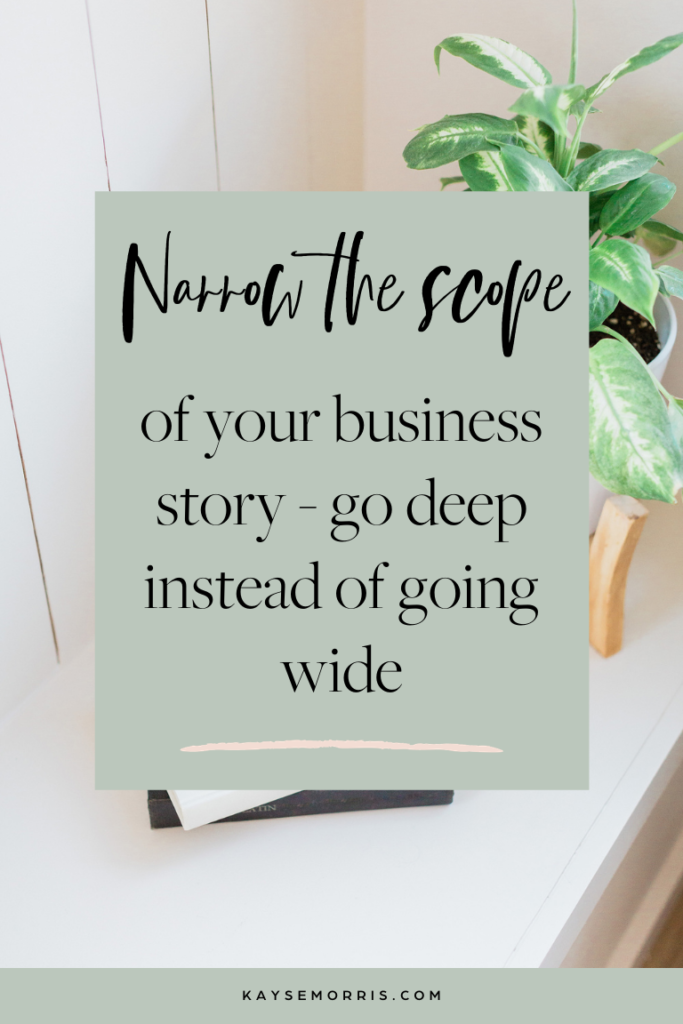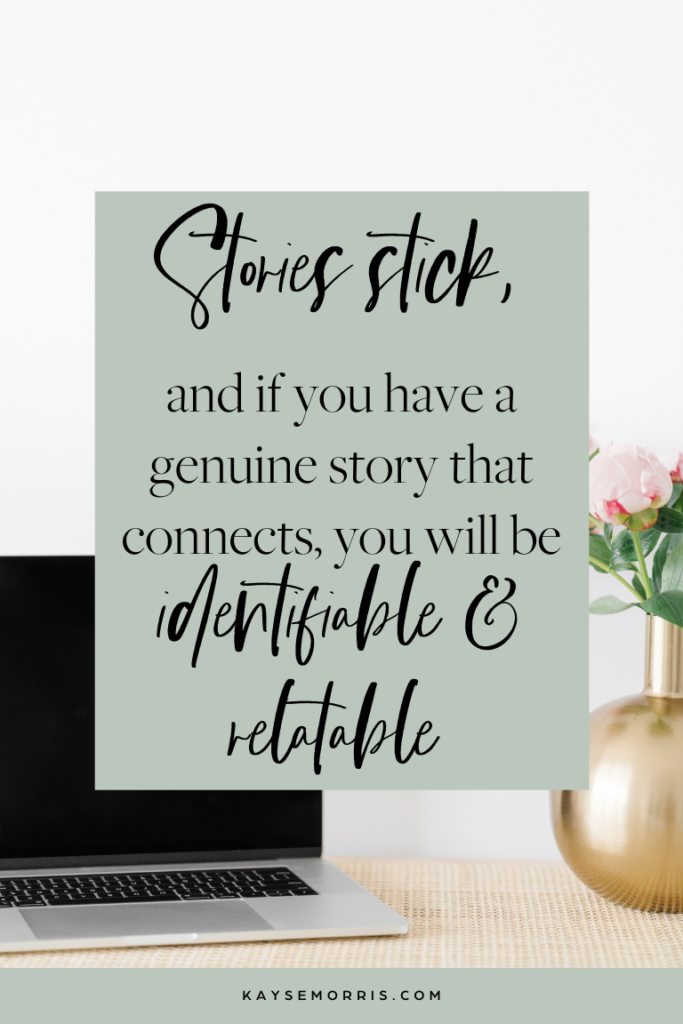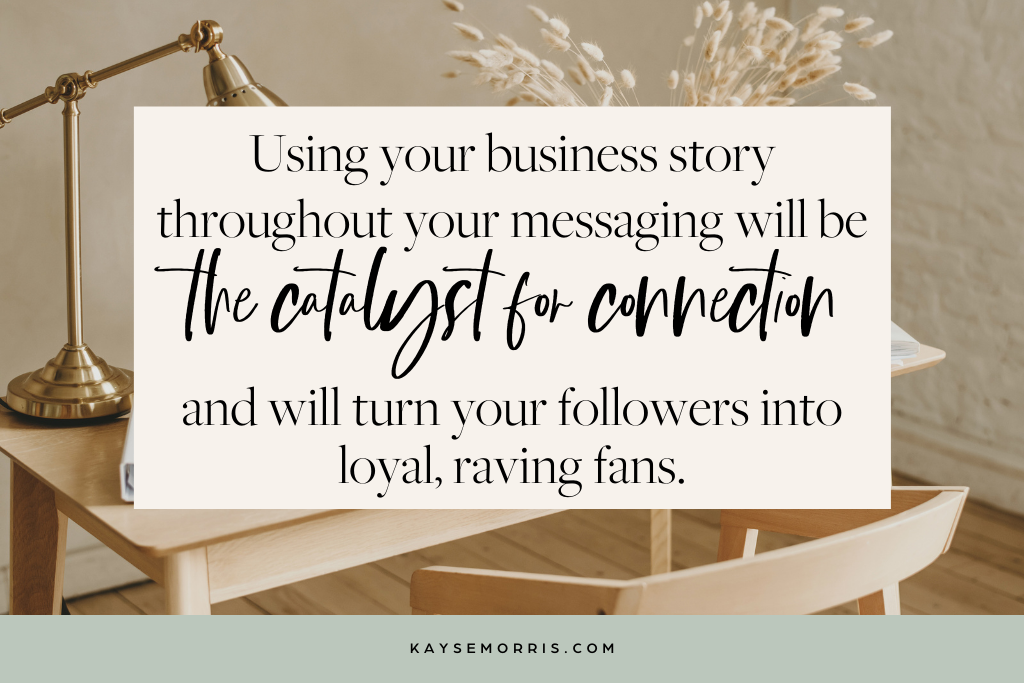5 Secrets to Create a Powerful Business Story
One simple way to build an authentic connection with your customers instead of just selling to them is to create your business story or your business storyboard. I’ve shared about the importance of connection marketing and how I use it daily to form genuine bonds with my students and potential students. Why a business storyboard? Well, business storytelling provides a sense of purpose, substance, and texture, and finally, it helps us identify with who we really are.
Before we get into the five secrets to creating a powerful business story to make more TpT sales online, it’s important to remember to ask yourself these three questions that are by Oprah Winfrey when getting to know people as you tell a story. Your customers want you to answer these questions, and if you can answer them concisely using your business short story, you’ll move forward towards success!
- Do you hear me?
- Do you see me?
- Does something I say mean something to you?
Why is Business Storytelling so Important?
I love this quote from Donald Miller in Building a StoryBrand: ”Alfred Hitchcock defined a good story as ‘life with the dull parts taken out.’ Good branding is the same. Our companies are complex, for sure, but a good messaging filter will remove all the stuff that bores our customers and will bear down on the aspects of our brand that will help them survive and thrive.” If you want to craft a business story that resonates with your customers, I cannot recommend this book enough. I reread it every year or two, and it helps me get clear on my business story and help my students in the CEO Teacher Academy get clear on theirs too.
Business Storyboard Examples
I remember hearing Brendon Burchard speak on stage for the third and fourth time and thinking to myself, “I’ve already heard this business story.” Yet, every time, I was hooked. I sat there and either cried with him as he cried on stage or felt every word he was saying. You see, we are conditioned to connect with stories. Even since the beginning of time, people have passed down stories from generation to generation.
I also remember two other people in my life I had heard speak retelling a story over and over again on stage and thought, “There’s got to be something to this. Why do these people keep telling the same business story over and over again? Don’t they know anyone who has heard them speak has already heard this story?” Well, stories stick. And the truth is, not very many people have heard your brand story, and if they have, the chances of them hearing it over and over again are slim. Even if they do, if you have a genuine story that sticks with a business storyboard, it will help you be identifiable and relatable.
The Process to Creating a Business Storyboard
Don’t take this the wrong way, but teachers are notorious for oversharing. We tell stories to our students all the time, and children are easy listeners. So, we tend to overshare or share parts of the story that drag on or aren’t relevant to the listener. It takes time and practice, but over the years of telling my business story, I have observed the audience time and time again and cut the parts that I felt like my listeners didn’t resonate with – the boring stuff. Remember, I referenced the quote “life with the dull parts taken out” above. That’s your mission over the next month or two: write out your business story. Choose the one that had a drastic effect on your life and that connects with your ideal customers, and then polish out the dull parts to make an impression that lasts.
The Secrets to Creating Your Business Short Story to Make More Sales
We all want more sales, right?! It doesn’t matter if you’re selling on TpT or preparing to launch your course or membership. Using a business story, YOUR story, throughout your messaging will be the catalyst for connection and will turn your followers into loyal, raving fans. So, how do you create this business short story? Keep reading, and I’ll share all of the goods with you.
1. Choose a Relatable Message That Works With Your Main Thing
Sit down and brainstorm a relatable message or story of yours that could go with your main thing. Dr. Stephen Covey said, “The main thing is to keep the main the main thing.” So, what’s your main thing? What do you excel in when it comes to product creation? Do you have a story that relates to that?
Is it sight word games? Did you struggle with reading as a child? Do you rock Social-Emotional Learning? Did you suffer from bullying as a child? Think about a story that relates to your main thing but is also one people can easily relate to themselves, even if they haven’t been in your shoes. Everyone has been bullied at one time or another in their life. Everyone has struggled educationally (well, most of us) at some point, so we can understand the struggle of learning. Most of us have struggled financially at some point, we’ve dealt with stress, we’ve lost someone we loved, and more. Do you see where I’m going with this? I want you to find a relatable message that goes with your main thing to help you start creating your business storyboard.
2. Detail a Conflict for Your Business Story (But Not Too Detailed)
Everyone endures hardship in their lifetime. It’s what makes us human. How can you discuss a conflict in your life related to your business that resonates with your people? Be careful here – making the conflict of your business storyboard too personal or too detailed will lose people really quickly. That’s why I teach my students first to write a 3-page business storyboard with some clear points you’ll find in any story, then we want to condense that into a paragraph and finally into what we like to call our elevator pitch. This is the one-liner you’ll hit people with in an elevator when they ask you, “What do you do for a living?” Believe me, it’s more complicated than you might think to condense your story, but it’s vital when being interviewed or trying to be direct in a very short amount of time. Nobody likes people who ramble.

3. Make a Clear Structure
Not only do search engines love great structure when it comes to websites and more, but our brains are notorious for reorganizing things that make sense and putting them in order with a clear structure and direction. Your story should start from a previous time and work its way into your present life. If it’s a story about the classroom, give details on how long you’d been teaching or when you got out of college. Think about the beginning, middle, and end of your business story to help your listeners remember it.
4. Engage Your Audience While Telling Your Business Story
Read your story to your family. Did they laugh, stick with you, or fall asleep? Engaging your audience while sharing a business story is a massive step in the right direction, but it takes time to figure out what people actually want to hear. Some stories that I kept hidden because I was embarrassed or afraid of what others may think of me ended up being my most remembered business stories. I swore I would never tell a soul we were on government assistance besides my husband and my mama. I was ashamed. But, as my business grew, I realized someone needed to hear those words from me. It wasn’t anything to be ashamed about – it was who I was, and it made me who I am. Sharing that story and our story about living in a one-bedroom trailer with a window air conditioning unit we had to thaw out every night with a hairdryer have started the best conversations I’ve had with my students to date. Don’t be afraid to be vulnerable with your business story because that’s when, as humans, we get to connect on a deeper level.

5. Have a Defined Plot in Your Business Storyboard
Any fellow ELA teachers in the house? My favorite part of teaching reading was the elements of a story. Shoutout to Flocabulary for this fun jingle I will never forget: “Plot, character, conflict, theme, setting, yes! These are the five things!”
Inside of your business storyboard, it’s important to digest what all stories have in common, and that’s a good plot. No movie ever made it big in the box office without one, so why would yours? I won’t get all nerdy reading teacher on you, but just to refresh your memory, these are the things that your business story should have to hook your readers and listeners and keep them engaged in your business story: Exposition, Rising Action, Climax, Falling Action, and Resolution. Study those elements and make sure your business storyboard has them, and you’ll be on the road to a successful brand story in no time!
Bonus Business Storytelling Secrets
It’s time to narrow your scope, teacher friend. Stop going wide (trying to cover many topics), and start going deep (by honing in on the main thing that you can’t stop talking about). I know it can be scary to put all of your eggs in one content basket, but that is truly what will make you stand out. Think about your favorite teacher influencer for a second. Do they try to share all the things, or could you point out their main thing based on what they talk and write about? If I had to guess, they have a specific focus, and so should you. Craft your business storyboard with your specific focus in mind, and go all-in on it. I promise it will pay off in the end!
Do you need more help with your business story?
Read these articles to get even more clarity and support with crafting your business storyboard. And then, get writing!
Six Tips To Telling A Better Business Story
7 Ways to Make Your Business Storytelling Awesome

If you had a personalized path to build an online teacher business based on who you are and where you’re at on your CEO Teacher® journey… would you finally feel confident enough to go all in, dream bigger, and build the business and lifestyle you deserve?
I know how hard it can be at every level of building an online teacher business. Whether you’re just getting started and want to sell your resources online, OR you’re ready to create your courses, build an audience, and go all in. Every step of the way, you’re faced with new obstacles to overcome and new questions that Google just can’t answer.
I’ve taken what I’ve learned building a successful online business and supporting hundreds of students in doing the same and created this fun quiz to help you get the information and inspiration you need no matter what stage you’re at! You’ll also learn how your unique CEO Teacher® Type fits into the equation and how to use your natural gifts to your advantage. Click here to take the quiz, so you can use what you’re good at to craft the best business story for your brand that you can!
Leave a Reply Cancel reply
This site uses Akismet to reduce spam. Learn how your comment data is processed.
Behind-the-Scenes Secrets to TPT Success
This training will not only show you how to make the perfect TPT resource...
l'll also teach you how to make sure it ranks #1 in search (because getting found is how you get paid!) and the secret to rocking your resource marketing!
Seats are limited; sign up now!
3 Steps to Sell Your Resources Like Hotcakes on TPT and Beyond…
save me a spot!
FREE WEBINAR
In this training, I'll show you how to build an online membership in 90 days, so you can have consistent income (in addition to your teaching salary) all year long!



[…] get confused by the storytelling element a lot. We're told to tell stories, to be open and personable, and that's how you […]
[…] your keywords and headline and plan, now what?! Now it’s time to get writing! I recommend using your personal flair and voice to write your posts so your readers are engaged and feel like their learning from an actual human. […]
[…] into yourself. And that you don't have to burn the candle at both ends in order to be successful. Initially, Nita was an elementary school teacher in love with literacy. She would just snap pics of things that she would do in the classroom. And then she would post it […]
[…] The best part about creating content in the form of blog posts is that whenever you have writer's block and don't know what to write in an email or on Instagram, you can come back to your content and recycle it! Don't be afraid to use your quality content throughout your brand. Not only does it save you time, but it also simplifies and streamlines your message and story. […]